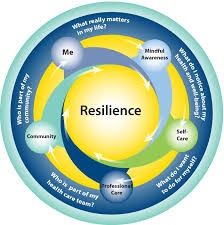Government employees face mounting stress from tight budgets, evolving missions, and mounting workloads. These stressors, compounded by the pandemic and ongoing organizational shifts, have led to rising burnout levels across the public sector. The annual Federal Employee Viewpoint Survey (FEVS) consistently highlights burnout-related issues such as low engagement, lack of recognition, and insufficient support for work-life balance as top concerns (OPM, 2023).
Burnout isn’t just a workforce issue — it’s a mission issue. When public servants are exhausted, disconnected or demoralized, the quality and speed of public service delivery suffers. To address this crisis, agencies are initiating a public service reboot — embedding resilience strategies into their culture, operations, and leadership playbooks.

Building Resilience Through Peer Support
Resilience isn’t built in isolation. Across federal, state, and local agencies, programs that foster peer connection are growing. The U.S. Forest Service, for example, implemented a Peer Support Program to aid wildland firefighters in managing trauma and fatigue through structured peer dialogue and mentorship (USFS, 2021). Similar programs at the Veterans Health Administration pair experienced clinicians with newer hires, creating a built-in support system that normalizes asking for help and sharing effective coping strategies. These programs work because they reduce stigma around stress, create safe spaces for vulnerability, and offer practical tools for real-time recovery.
Culture as the Cornerstone of Resilience
Leaders play a pivotal role in shaping team culture. Resilient teams share several key attributes: psychological safety, transparent communication, and permission to rest and recover. Agencies such as NASA and the Department of Defense have integrated these principles into their team charters and leadership development programs.
The Air Force, for example, has included resilience training as a standard component of its leadership pipeline, based on research showing that emotional intelligence and team cohesion significantly reduce burnout and increase retention (AFPC, 2022). Simple actions — such as opening meetings with gratitude, setting clear boundaries around after-hours communication, and recognizing individual contributions — signal to employees that they are valued, not just as workers, but as people.
Practical Tools for Managers
Resilience must also be operationalized. This means equipping managers with the resources and autonomy to respond to signs of burnout proactively. The CDC offers a Total Worker Health Toolkit that includes workload self-assessments, scripts for difficult conversations, and planning tools for rebalancing team responsibilities (CDC, 2024). Some government teams have introduced “burnout dashboards,” aggregating anonymized data from surveys, sick leave, and productivity metrics to monitor team stress in real time. Managers use this information not to penalize, but to intervene — with flexible deadlines, added support, or temporary reprioritization.
Strategic Resilience Is Mission Resilience
Ultimately, embedding resilience into public service is not about creating comfort — it’s about enabling performance. When employees feel supported and psychologically safe, they’re more likely to innovate, collaborate, and deliver results. Resilience strategies — peer programs, culture shifts, and leadership development — must be scaled across agencies as essential infrastructure. It’s time to treat burnout like a threat to mission readiness — and resilience like the strategic asset it is.
Call to Action:
Government leaders must take burnout seriously — not just as an HR issue, but as a mission-critical priority. Let’s invest in building the resilient public workforce our nation needs. What’s one thing you’ll do this week to support your team’s resilience?

Dr. Rhonda Farrell is a transformation advisor with decades of experience driving impactful change and strategic growth for DoD, IC, Joint, and commercial agencies and organizations. She has a robust background in digital transformation, organizational development, and process improvement, offering a unique perspective that combines technical expertise with a deep understanding of business dynamics. As a strategy and innovation leader, she aligns with CIO, CTO, CDO, CISO, and Chief of Staff initiatives to identify strategic gaps, realign missions, and re-engineer organizations. Based in Baltimore and a proud US Marine Corps veteran, she brings a disciplined, resilient, and mission-focused approach to her work, enabling organizations to pivot and innovate successfully.




Leave a Reply
You must be logged in to post a comment.